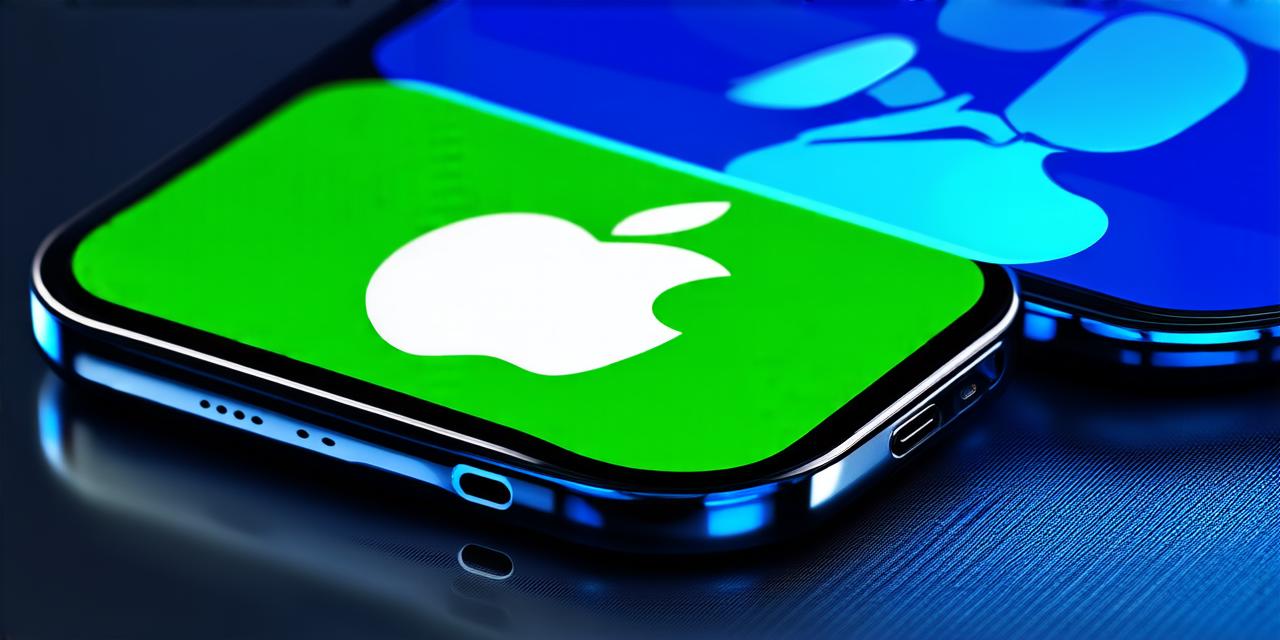Introduction
Personalization is an important aspect of modern app development, and it has been shown to increase user engagement and satisfaction. In fact, a survey by Accenture found that 67% of consumers are more likely to recommend a brand that delivers personalized experiences. However, despite the importance of personalization, many apps still struggle to effectively tailor their content and features to meet the specific needs and preferences of their users.
One of the main reasons for this is a lack of understanding of how to implement personalization in apps.

1. Use User Data to Personalize Your App
One of the most effective ways to personalize your app is by using user data to tailor your content and features to meet the specific needs and preferences of your users. This can include things like their age, location, interests, and previous interactions with your app. By collecting this data, you can create a more targeted and relevant experience for each individual user.
UserDefaults API
There are several ways to collect user data in your app. One option is to use Apple’s UserDefaults API, which allows you to store key-value pairs of data locally on the user’s device. This data can then be accessed by your app at any time, allowing you to personalize the user experience based on their previous interactions with your app.
Core Location API
Another option is to use Apple’s Core Location API, which allows you to access the user’s current location. By using this data, you can tailor your app’s content and features to meet the specific needs of users in different locations. For example, if your app provides weather updates, you could use the user’s location to provide more accurate and relevant information based on their current weather conditions.
2. Use Custom Actions to Personalize Your App
Another way to personalize your app is by using custom actions to create a more tailored user experience. Custom actions allow you to create shortcuts that perform specific tasks within your app, making it easier for users to access the features and content they need most frequently.
Shortcuts API
To create custom actions in your app, you will need to use Apple’s Shortcuts API. This API allows you to define your own custom actions, which can be triggered by voice commands or by using a shortcut icon on the user’s home screen. For example, if your app provides financial information, you could create a custom action that performs a quick calculation of the user’s net worth based on their recent stock market performance.
3. Use Automation to Personalize Your App
Automation is another powerful tool for personalizing your app. By using automation, you can create a more dynamic and responsive user experience that adapts to each individual user’s needs and preferences.
Workflow API
There are several ways to use automation in your app. One option is to use Apple’s Workflow API, which allows you to create automated workflows that perform specific tasks based on triggers such as location changes or time of day. For example, if your app provides fitness information, you could create a workflow that tracks the user’s daily steps and sends them a notification reminding them to stay active if they have been sedentary for too long.
